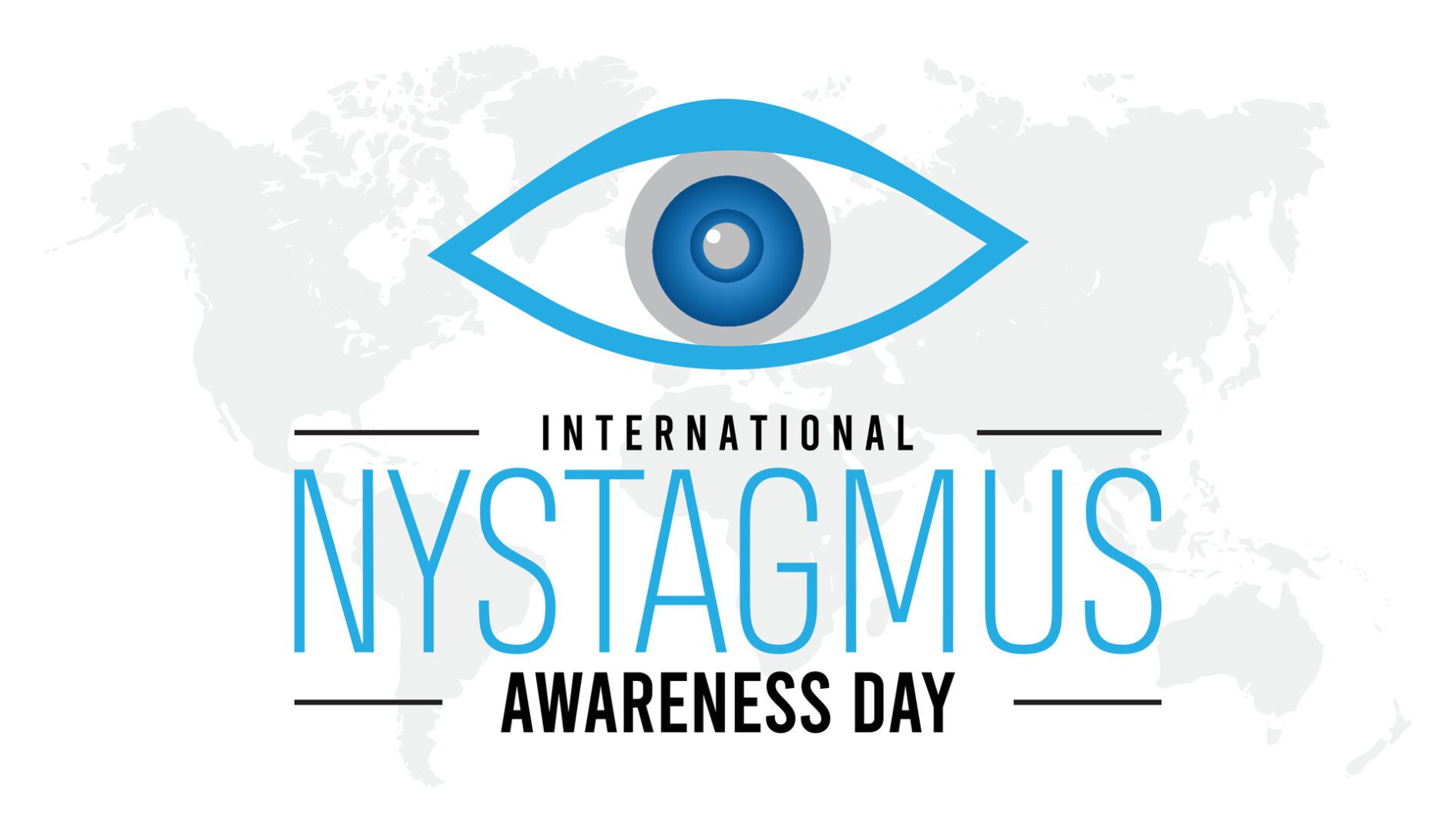Search by Color or Cause


The International Nystagmus Awareness Day is celebrated on June 20 each year. The primary objective behind this day is to raise awareness about the lesser-known condition called Nystagmus. Nystagmus contributes to profound visual impairment.
Observing the International Nystagmus Awareness Day brings forth a list of tools, and resources and involves comprehensive education on the disease and how it impacts a person’s quality of life.
In addition, reports suggest that 1 in every 1000 people across the world are diagnosed with nystagmus at birth. The prevalence also differs depending on the type of nystagmus diagnosis. Wear the color teal or blue pins, ribbons or wristbands to call attention to International Nystagmus Awareness Day.
The International Nystagmus Awareness Day is sponsored by the Nystagmus Network. This network funds more research projects and creates better awareness surrounding the disease.
The Nystagmus Network is a registered charity that was established in 1984 and has since then prioritized raising better awareness surrounding the disease and how it impacts the patients’ lives. The annual celebration highlights the roadblocks that Nystagmus patients experience, especially regarding employment, education, and equal health rights and opportunities.
Every year, the day involves an awareness campaign revolving around the following factors:
With the prevailing stigma and myths surrounding Nystagmus, dedicating a specific day for raising awareness surrounding the disease is crucial.
Nystagmus is a medical condition that impairs the ability of an individual to have proper eye movements. The condition often leads to complications like reduced depth perception, and vision and even alters a person’s balance.
Since the eye movements are beyond control, it prevents an individual from viewing the objects steadily. Although the exact cause behind nystagmus isn’t yet known, it is typically categorized into two types:
As for the forms of nystagmus, there are three primary stages:
| Form of Nystagmus | Age it affects | What happens? |
| Infantile | Develops by 2-3 months of age | -Eyes move in a horizontal swinging motion-Caused by underdeveloped optic nerves, underlying birth defects, congenital cataract, etc. |
| Spasmas nutans | Develops between 6 months to 3 years of ageImproves by 8 years of age | -Involves repeated nod and tilt of the heads.-Cures on its own and doesn’t require additional treatment. |
| Acquired | Develops in later childhood or adulthood | -Happens due to underlying chronic conditions, metabolic disorders, or nervous system disorders. |
Patients with nystagmus often experience an uncontrolled movement of the eyes. This is marked as the primary trigger factor. The eye movement can start off as erratic, then slow down and then pick up the pace again.
Generally, nystagmus symptoms might affect one eye or both eyes. Patients also find that they have a clear field of vision when they tilt their heads, which is another standout symptom.
The diagnosis for nystagmus generally starts with a detailed rundown and discussion of the symptoms. Irrespective of the age of the patient, your doctor needs to be aware of the symptoms you are experiencing.
Assessing the symptoms, your doctor will then check your vision, and the inside of the eyes to look for any underlying vision complications or disorders that could be contributing to the symptoms.
Some of the common diagnostic measures include:
For a more comprehensive understanding and to determine the type of nystagmus, your doctor might make you sit on a spinning chair. They will then rotate the chair for 20-30 seconds and stop it abruptly. Following that, they will ask you to focus on an object. Patients with nystagmus will have their eyes move very slowly in a single direction, followed by a rapid movement in the opposite direction.
Following a formal diagnosis, your doctor will then suggest measures to improve your vision and focus.
Acquired nystagmus is often a consequence of other disorders in the body. If you are experiencing any alarming symptoms, take note of them immediately and consult a doctor about them.
Lastly, regular eye check-ups and earlier diagnoses allow several patients to prevent the onset of the disorder and also correct the vision problems that plague the life of the patient.
On this International Nystagmus Awareness Day, let us pledge to educate ourselves and others around us about the disorder.